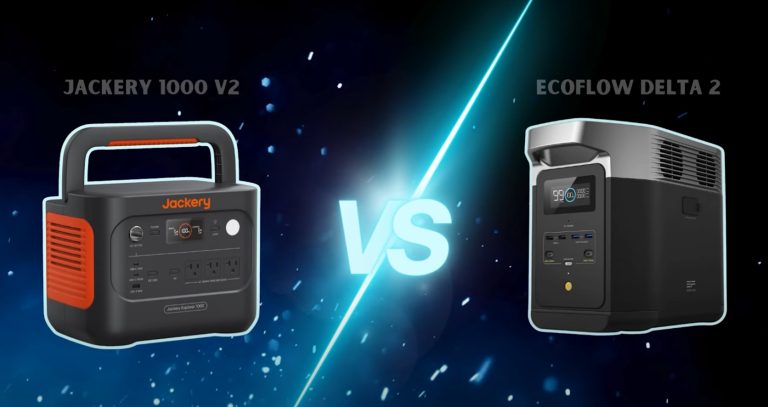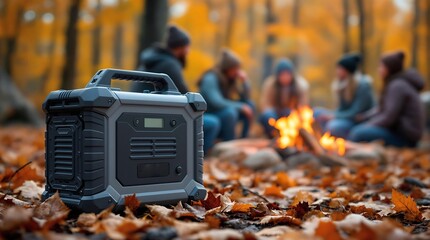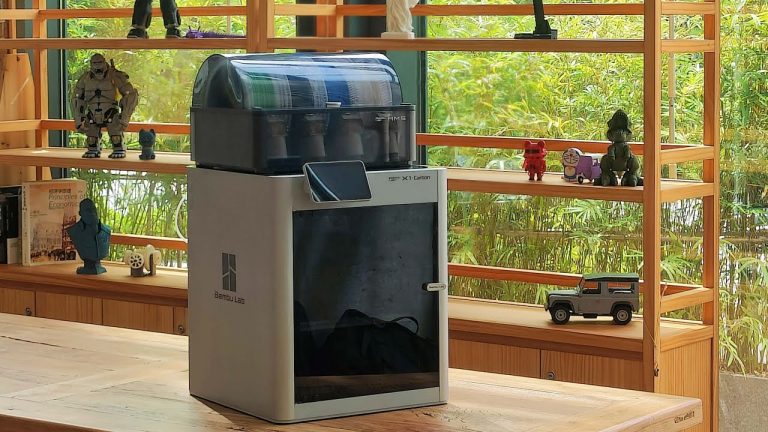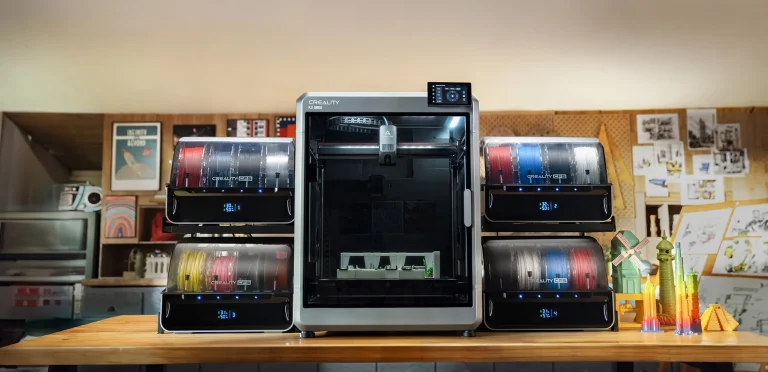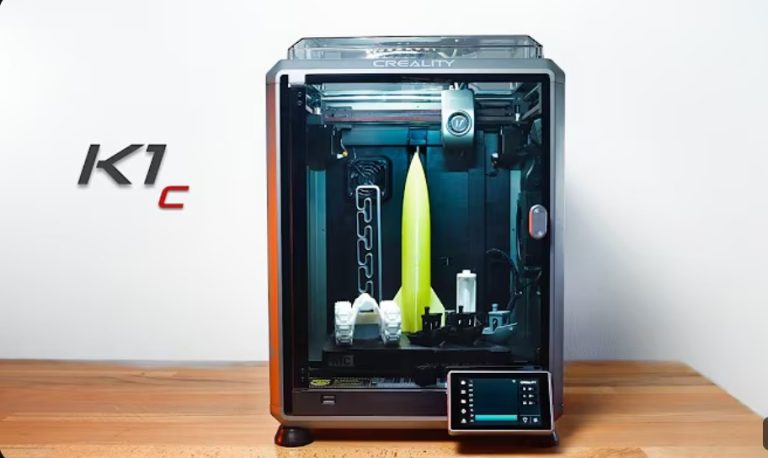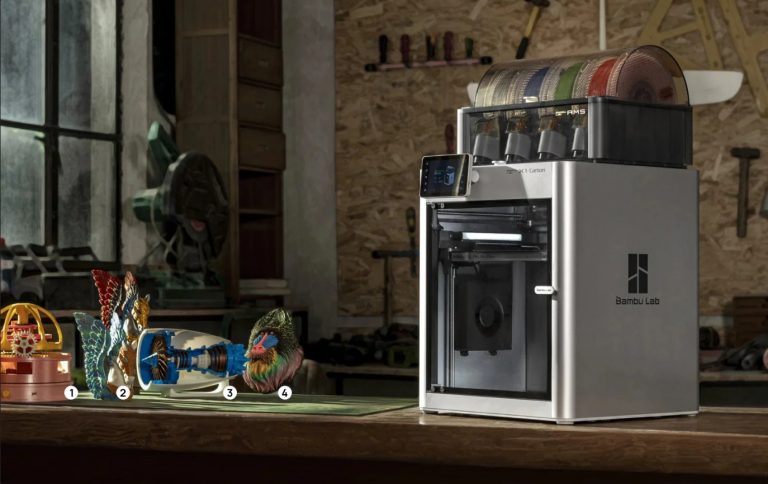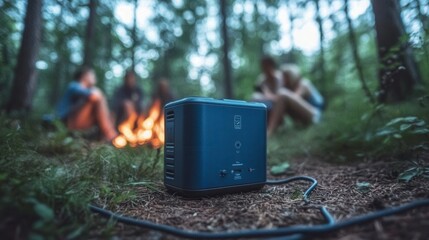
Meta Description: Discover how to power your RV or camper van with a portable power station. Compare EcoFlow, Jackery, Bluetti, ALLPOWERS, and Anker models for off-grid living, camping, or van life adventures.
Whether you’re road-tripping across states, living off-grid, or simply spending a weekend in the wild, powering your RV or camper van is one of the most crucial aspects of a comfortable and stress-free journey. While traditional gas-powered generators have been a popular solution, they’re noisy, fuel-hungry, and not exactly eco-friendly.
Enter portable power stations—quiet, clean, rechargeable, and incredibly versatile. In this comprehensive guide, we’ll explore how to power your RV or camper van using a portable power station, what features to consider, and compare top brands like EcoFlow, Jackery, Bluetti, ALLPOWERS, and Anker.
Why Use a Portable Power Station for Your RV or Camper Van?
Portable power stations (PPS) are essentially large batteries with AC outlets, DC ports, USB outputs, and inverter functionality. Here’s why they’re perfect for van life or RV camping:
Quiet and Emission-Free
Unlike gas generators, PPS are silent and emit no fumes, making them ideal for quiet campsites and indoor use.
Eco-Friendly and Rechargeable
Most units support solar charging, reducing your carbon footprint while keeping you powered up with the sun.
Plug-and-Play Convenience
No fuel. No oil. No complicated setup. Just plug in and power your gear—TVs, laptops, fridges, even CPAP machines.
Compact and Lightweight
Especially compared to generator setups, power stations take up less space and are easier to carry.
What Can a Portable Power Station Run in an RV or Camper Van?
Before diving into the brands, let’s define what kind of devices you’ll likely power:
| Device | Average Wattage | Daily Usage |
| LED Lights | 10W | 3–6 hours |
| Mini Fridge | 60W–100W | 24 hours |
| Laptop | 60W | 2–4 hours |
| Coffee Maker | 600W–1000W | 15 mins |
| Microwave | 800W–1500W | 10 mins |
| CPAP Machine | 40W–70W | 8 hours |
| Phone/Tablet | 5W–18W | Intermittent |
| Electric Fan | 30W–60W | 6–8 hours |
Depending on the size of your battery (measured in Wh – watt-hours), you can power combinations of these devices with ease.
Key Features to Look For in a Portable Power Station for RVs
Before buying, here’s what you should evaluate:
Battery Capacity (Wh)
This determines how long your devices will run. For light weekend use, 500–1000Wh is sufficient. For full-time van living, consider 2000Wh+.
Inverter Output (W)
This tells you how powerful a device you can plug in. If you plan to use high-wattage appliances (e.g. induction cooker, microwave), choose a station with at least 1500W continuous output.
Solar Input Compatibility
Look for MPPT-enabled power stations for faster solar charging, especially if you’re boondocking.
Ports & Outlets
Ensure it has enough AC, DC, and USB-C ports for your devices. Some even come with wireless charging pads.
Pass-Through Charging
This allows you to charge and use the PPS simultaneously—a must-have for RV setups.
Top Portable Power Stations for RV and Van Life (2025 Edition)
Let’s look at the top contenders from EcoFlow, Jackery, Bluetti, ALLPOWERS, and Anker—all trusted brands with different strengths.
1. EcoFlow DELTA Series
Best for Fast Charging and High Power Users
Popular Models: EcoFlow DELTA 2 Max, DELTA Pro
Why Choose EcoFlow?
- Industry-leading X-Stream fast charging (0–80% in under 1 hour)
- Modular battery expansions (up to 25kWh with DELTA Pro)
- High AC output (up to 3600W with DELTA Pro)
- Built-in app with smart control and remote monitoring
Ideal For:
- Full-time RVers
- Off-grid enthusiasts needing high capacity
- Powering AC units, microwaves, induction stoves
Downside: Slightly heavier and pricier, but unmatched in performance.
2. Jackery Explorer Series
Best for Simplicity and Portability
Popular Models: Jackery Explorer 1000 Plus, 2000 Plus
Why Choose Jackery?
- Proven brand with excellent support
- Plug-and-play usability
- Lightweight and durable design
- High-efficiency SolarSaga panels integration
Ideal For:
- Weekend campers
- Solo van lifers
- Users who want solar kits included
Downside: Slower charging compared to EcoFlow; fewer AC ports in smaller models.
3. Bluetti AC Series
Best for All-in-One RV Integration
Popular Models: Bluetti AC180, AC200L, AC300 + B300
Why Choose Bluetti?
- Offers LiFePO4 batteries (longer life span)
- Expandable battery systems
- Smart touchscreen + app control
- Full 30A RV output plug in AC200MAX and AC300
Ideal For:
- RV setups with multiple users/devices
- Long-term off-grid boondocking
- Eco-conscious users (LiFePO4 > Lithium-ion)
Downside: Some units have steeper learning curves due to advanced settings.
4. ALLPOWERS R Series
Best for Budget-Friendly Power
Popular Models: ALLPOWERS R600, R1500, S2000 Pro
Why Choose ALLPOWERS?
- Very affordable for their capacity
- Supports wireless charging
- Compatible with third-party solar panels
- Includes UPS function for sensitive electronics
Ideal For:
- Budget-conscious travelers
- Beginners looking for compact solutions
- Emergency backup for RVs
Downside: Build quality and app experience are slightly behind top-tier competitors.
5. Anker SOLIX Series
Best for Tech-Lovers and Compact Builds
Popular Models: Anker SOLIX F2000 (PowerHouse 767)
Why Choose Anker?
- Premium build and finish
- Ultra-quiet fans and battery management system
- Fast AC and solar charging
- Excellent app interface and usability
Ideal For:
- Digital nomads with lots of gadgets
- Families who prioritize quiet camping
- Sleek interiors (Anker blends well aesthetically)
Downside: Slightly lower capacity than others in the same price range.
Sample Setup: Powering a Camper Van with EcoFlow DELTA 2 Max
Let’s say your camper setup includes:
- A 12V fridge (60W, 24/7)
- 2 laptops (60W x 4 hours)
- Lights (30W x 4 hours)
- Phone charging (10W x 2 hours)
Total Daily Usage: ~1200Wh/day DELTA 2 Max Capacity: 2048Wh
Result: You’ll get 1.5 days of power without recharging. With a 400W solar panel, you can stay off-grid indefinitely.
Charging Your Portable Power Station on the Road
You have multiple recharging options:
Shore Power (AC wall outlet)
Fastest and easiest—plug in at RV parks or home base.
Solar Panels
Eco-friendly, great for off-grid. Panels come in 100W to 400W capacities. Look for MC4-compatible solar panels for maximum flexibility.
Car Charging (12V cigarette port)
Slow but useful during driving. Make sure your PPS supports 12V/24V input.
Tips to Maximize Your Portable Power Station in an RV
Use DC appliances when possible—they’re more efficient than AC.
Install energy-efficient LED lights in your RV.
Combine PPS with a small inverter generator as backup if needed.
Regularly check battery health and firmware updates via app.
Charge early—don’t wait until 0%. Battery longevity improves with partial discharges.
Frequently Asked Questions
Q: Can a portable power station replace my RV house battery? Yes, in many setups. High-capacity stations like the EcoFlow DELTA Pro or Bluetti AC300 can completely power your RV systems, even air conditioning (if usage is managed).
Q: Are portable power stations safe to use inside an RV? Absolutely. Unlike gas generators, PPS emit no carbon monoxide. Just ensure proper ventilation and temperature regulation.
Q: How long will a portable power station last? Most LiFePO4 batteries offer 3000+ cycles, meaning up to 10 years of use if properly maintained.
